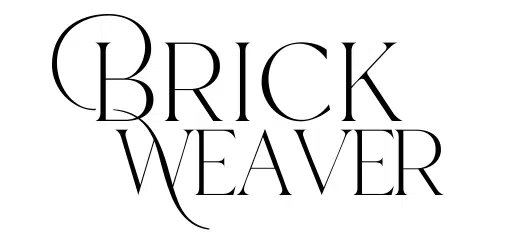
New guidance issued by RICS aimed at releasing leaseholders from the necessity of an EWS1 form comes into play from the 5th of April 2021. The hope is this will encourage mortgage lenders to lend to sellers or owners looking to remortgage without the need for a fire survey.
So what is an EWS1 Form and why do you need one?
Firstly it isn’t a safety certificate. It sounds like it should be but its main purpose is to allow a valuer or lender to decipher what, if any, remediation costs are required that will affect the value of the property. A surveyor assesses if any walls pose as a fire risk or if there is any combustible material present. If there is they will evaluate the risk and scale of remedial work required and the building will be given a rating and suggestions for improvement.
How does this affect the price of your home?
Depending on the scale of the works, the cost of this will fall in part or in some cases in total to the leaseholders and could be considerable. In addition it might find the building is a fire risk making it uninsurable.
How long does an EWS1 form last?
5 years.
So what’s the hold up?
There simply hasn’t been enough qualified surveyors to carry out inspections since the government suggested buildings under 18 storeys high also needed a form in January 2020.
What’s changed?
It’s claimed that with the new updated requirements (please see image) up to 500,000 leaseholders will no longer require an EWS1 form and 500 more surveyors are currently being trained to help move the backlog.
What’s the catch?
It’s still in the hands of the lenders so a lot depends on how risk-averse they are.





